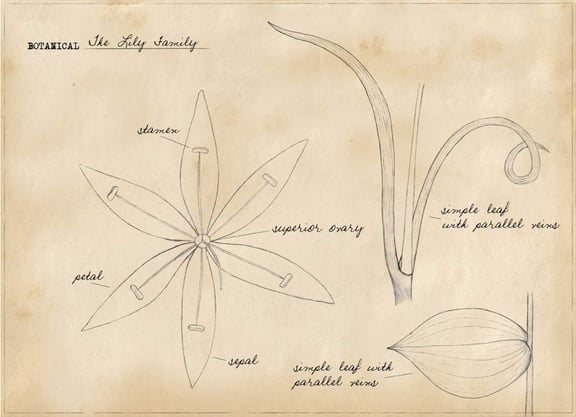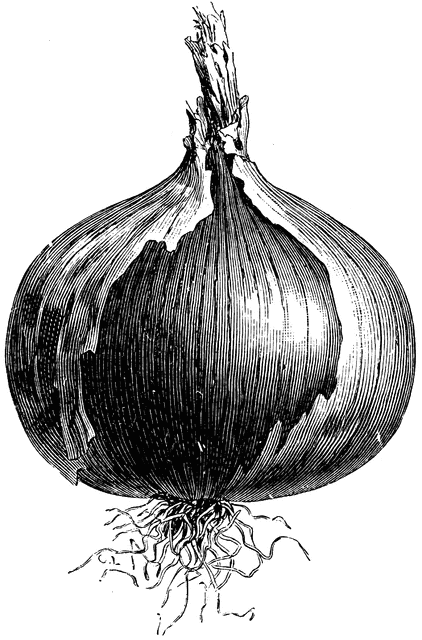Let’s take a closer look at the Lily Family!
Liliaceae – The Lily Family
(lil-ee-AY-see-ee)
Identification Tips
Flowers: Flower parts (petals, sepals, stamens, carpels) in threes or multiples of three.
Perianth: The sepals may look like the petals. Also known as tepals.
Leaves: Alternate, whorled, or basal simple leaves generally with parallel veins.
Ovary: Generally a superior ovary that sits above the sepals and petals.
Food and Medicine
This family includes tulips, trilliums, camas, and many other fragrant and beautiful lilies adored as ornamentals and florist staples. Chives, garlic, asparagus, and onions are also sometimes/formerly classified in the Liliaceae family. Some wild lilies have edible fruits called capsules and/or edible bulbs - but proper identification is key!
While some native lilies growing in the forest have medicinal properties, I think it's best to enjoy their loveliness through study, making field sketches, or through photography. Plus, there are great weedy herbs out there that offer similar medicine. Herbs like the trillium were once widely sold on the herb market, and because they are so alluring, populations became at risk of becoming endangered. This is one reason why we adopted Trillium through the United Plant Savers! These flowers not only add beauty to our wild places, they are also very important beings in our ecosystems.
For more in the Basic Botany Series see:












